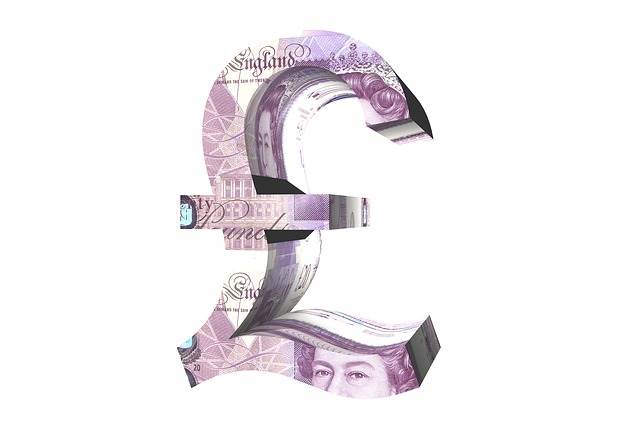 The pound sterling struck a one-week low versus the US dollar and remained near to a one-week trough against the euro. Analysts say that a shift in risk sentiment is weighing on the pound, as well as other higher risk currencies. Even an unexpectedly upbeat labor report also failed to give the pound any enduring support. The Office of National Statistics reported earlier today that the claimant count change fell in December to 7,000, well below the 35,000 that analysts had predicted and the previous reading of 38,100 (which was revised down from 64,300). Average earnings, both with and without bonuses, also were higher for the 3-month period through November, having been recorded at 3.6% against an expected 2.9% and 3.2%, respectively. The ILO unemployment rate also was not as bad as predicted, coming in at 5% rather than the 5.1% that had been expected.
The pound sterling struck a one-week low versus the US dollar and remained near to a one-week trough against the euro. Analysts say that a shift in risk sentiment is weighing on the pound, as well as other higher risk currencies. Even an unexpectedly upbeat labor report also failed to give the pound any enduring support. The Office of National Statistics reported earlier today that the claimant count change fell in December to 7,000, well below the 35,000 that analysts had predicted and the previous reading of 38,100 (which was revised down from 64,300). Average earnings, both with and without bonuses, also were higher for the 3-month period through November, having been recorded at 3.6% against an expected 2.9% and 3.2%, respectively. The ILO unemployment rate also was not as bad as predicted, coming in at 5% rather than the 5.1% that had been expected.
In London trading as of 10:56 am, the GBP/USD was trading at $1.3654, down 0.1433%; the pair has ranged from a peak of $1.36818 to a low of $1.36092 in today's session. The EUR/GBP was higher at 0.8880 pence, a gain of 0.0225%, and off the session peak of 0.89055 pence. The GBP/JPY was lower at 141.723 yen, down 0.1008%; in today's session, the pair has ranged from 141.272 yen to 141.975 yen.
Markets Look to Upcoming Fed Meeting
The US dollar got a boost as a safe haven currency, despite the fact that there is now some concern that President Biden's latest stimulus package may face difficulties getting congressional approval. Analysts don't see the release of the first Biden relief package for at least four weeks. Market players are also somewhat wary ahead of the upcoming Federal Reserve Bank policy meeting. Though analysts largely agree that the Fed is likely to maintain the current course with ultra low interest rates, what will be notable is the statement which accompanies any monetary policy decision. With other central banks considering tapering, the Fed may decide to address that future possibility.

